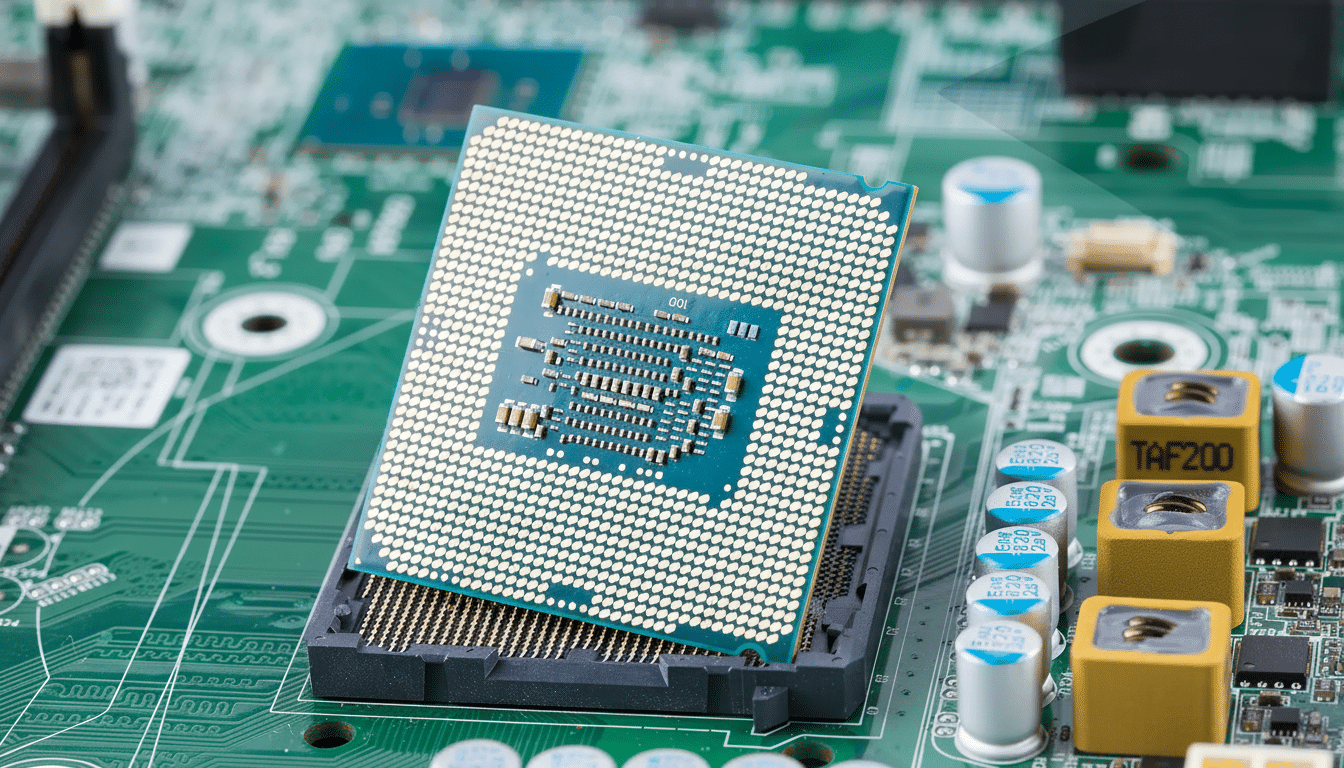Now, Novoloop is inching closer to commercial reality with a new supply agreement that sends upcycled polyethylene into thermoplastic polyurethane, a workhorse material found in shoes, electronics, and medical devices. The deal, with Huide Science and Technology, provides the Menlo Park startup a more direct route through the capital-intensive “valley of death” that typically derails hardware-heavy climate tech before it hits market scale.
A Supply Deal That Hints at Scale and Market Readiness
According to the agreement, Novoloop will supply specialty polyols — key chemical building blocks — derived from post-consumer polyethylene such as plastic bags and films. Those inputs are some of the most difficult to recycle through conventional methods, but they are everywhere and cheap. With a customer that can incorporate the polyols into TPU production locked in, Novoloop receives volume commitments that take the risk out of investments in larger plants.

The company recently started up a demonstration facility in India that can produce tens of tons per year. That capability also plays to brand pilots and qualification runs, particularly in polymers where small formulation changes can make a big difference — in performance. Now, the objective is to turn those pilots into multi-year offtake agreements that underpin commercial-scale financing.
From Bags to Polyols: Upcycling Flexible PE Waste
For polyethylene, and especially for flexible films and bags made of it, recycling always occupied a limbo somewhere between sorting garbage from gold.
Contamination, variability of feedstock quality, and economics have kept recovery rates low in most markets, according to an assessment by the U.S. Environmental Protection Agency and the Ellen MacArthur Foundation. Novoloop does the opposite: It chemically upcycles this waste stream into value-added molecules rather than downcycling it into lower-quality plastics.
Although the firm hasn’t disclosed its proprietary process publicly in full detail, the result is a customized polyol with uniform MW distribution and functionality for TPU synthesis. That control has consequences: Polyol architecture is what determines TPU properties like hardness, abrasion resistance, and rebound. Preliminary pilots show the material is able to meet the specs for brands without sacrificing the durability of the fabric.
Why TPU Is the Test Case for Upcycled Polyols
TPU is a flexible elastomer used in midsoles, phone cases, protective films, hoses, and catheter components. Brands have demanded tight tolerances and repeatable quality, and so it is a tough proving ground for upcycled inputs. Novoloop had previously provided Swiss footwear brand On with its Lifecycled material for a concept sneaker, a relatively small but noticeable showing that performance claims do flow into real products.
The market pull is meaningful. Industry analysis from Grand View Research and others forecast the global TPU market to top $5 billion within 10 years, enjoying consistent high-single-digit growth. And, if upcycled polyols can drop into existing TPU manufacturing lines at good-enough cost, adoption is free of the need for total factory retools — a helpful contrast to more dramatic materials swaps.

The Economics and Timeline for Commercial Scale-Up
Novoloop says its demonstration output is already being consumed by major pilot projects — including “a footwear program that you’ll see publicly in the market.” The next planned step is a commercial plant designed to back-integrate polyol volumes that would be needed for about 16,000 tons of TPU each year. At that scale, the company anticipates price parity with virgin alternatives, a level of competition many buyers demand before signing long-term offtakes.
Bridging the donor gap is just as much about logistics as it is chemistry. The company also attempts to bring all parties along the chain, with steady feedstock supply from post-consumer polyethylene streams, predictable product quality, and qualification from customers that can run a year or two long in footwear and medical. Structured offtakes such as the Huide deal have the power to unlock project financing, a trend emerging in advanced recycling work with PET and polypropylene by players like Carbios and PureCycle.
Climate and Performance Stakes for Upcycled TPU
Plastic production worldwide has exceeded 400 million metric tons annually; the largest portion is polyethylene, according to the United Nations Environment Programme. If only a small portion of the flexible PE that is now being sent to landfills could be diverted to high-value polymers, both EoL plastic waste and emissions could be significantly reduced. A third-party validated life cycle assessment report for Novoloop’s inputs reveals significantly lower greenhouse gas emission levels as compared to fossil-based alternatives, with implications varying by formulation and end use.
For brands, the pitch on sustainability will only stick if it delivers uncompromised performance. Upcycled-polyol-based TPU must also exhibit similar levels of wear, tear, and processability — all under tight cost control. Passing those tests at pilot scale is promising; getting the same results by the thousands of tons a year is the true test.
What to Watch Next as Novoloop Scales Its Technology
Anticipate mounting customer qualifications in footwear, consumer electronics, and industrial films as the demo plant ramps. Look for more offtake agreements, which will indicate that the market is trusting of this technology and starting to underwrite the commercial facility. Also crucial: verified environmental disclosures and standardized reporting aligned with groups like the World Resources Institute to back credible Scope 3 reductions for buyers.
If Novoloop can hit its throughput numbers and lock down price parity, upcycled polyethylene could shift from pilot novelty to mainstream TPU ingredient, turning one of the most challenging waste streams into a predictable feedstock at volume.

